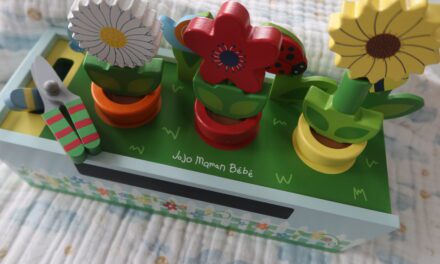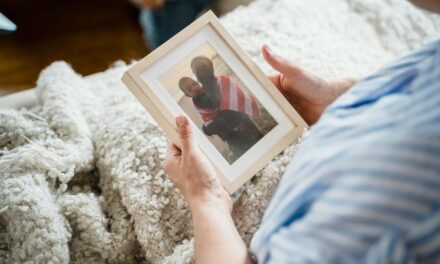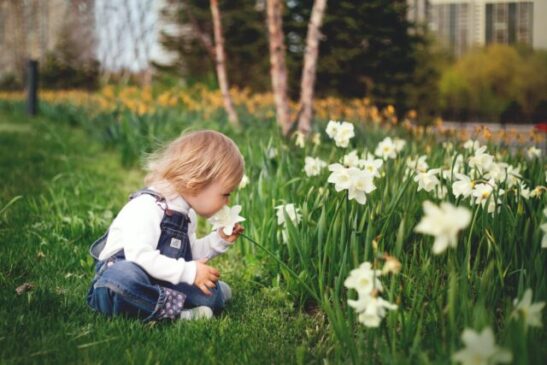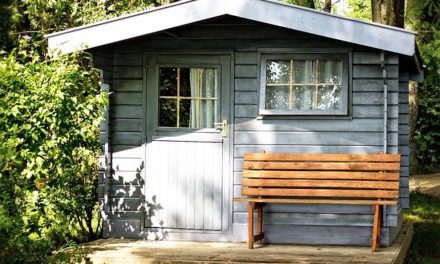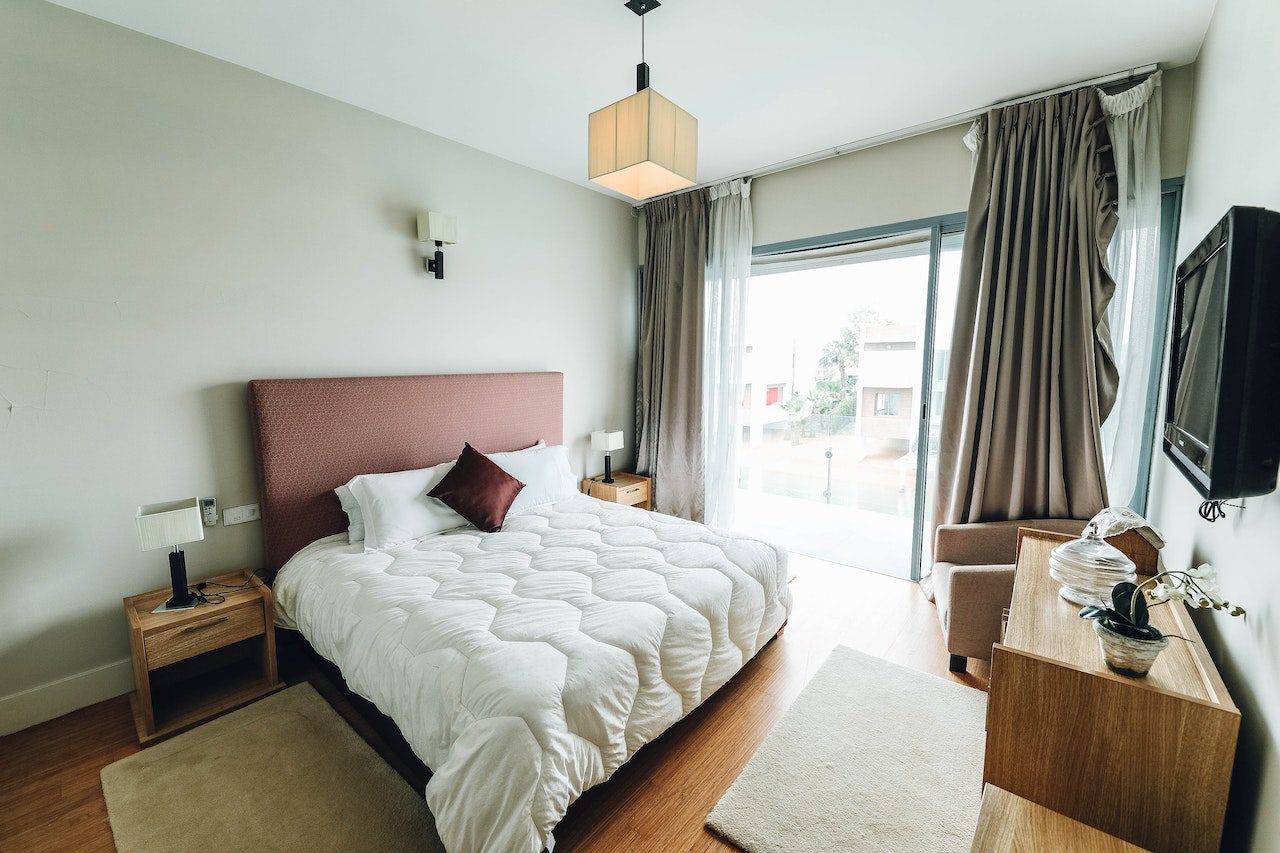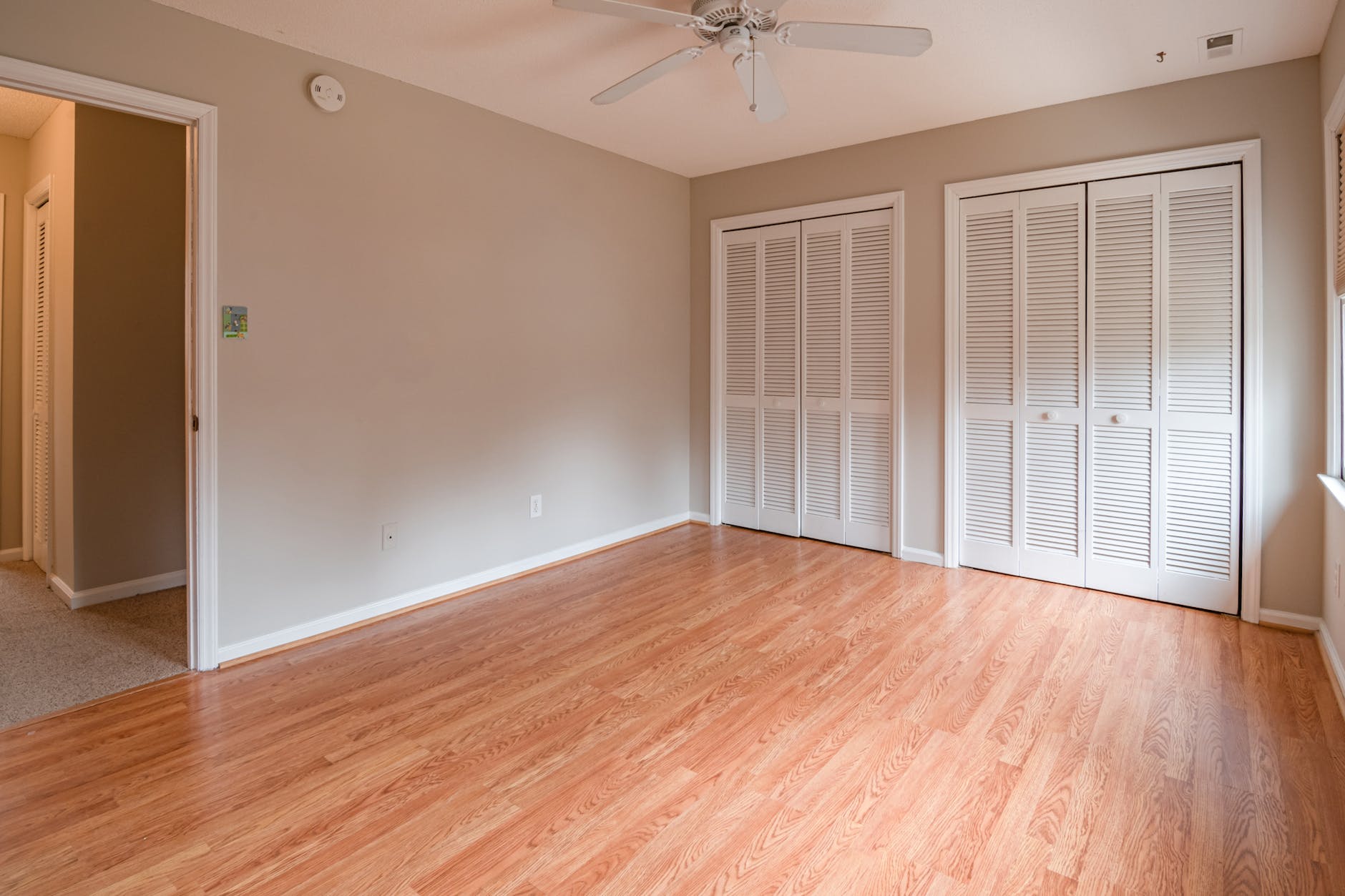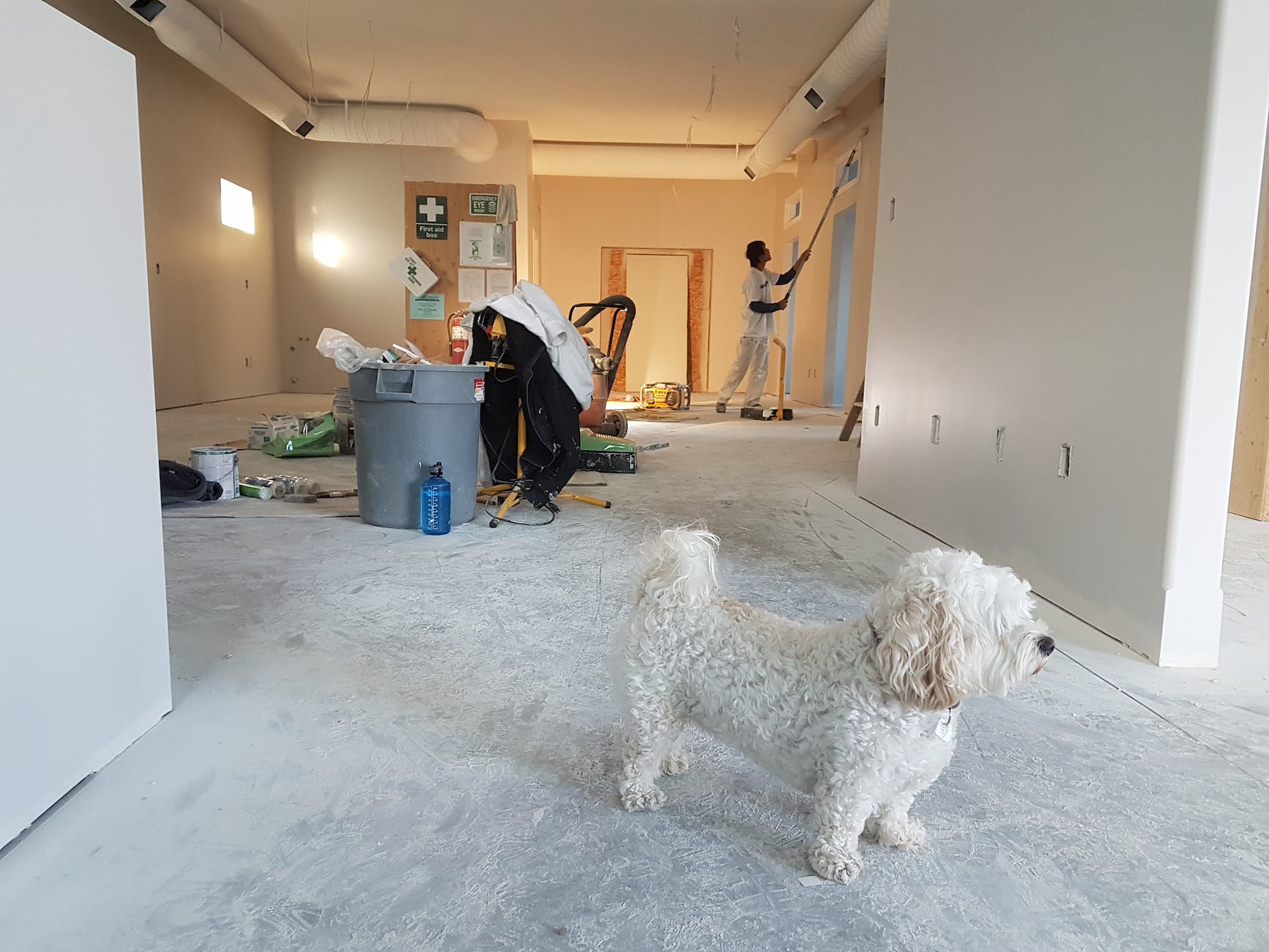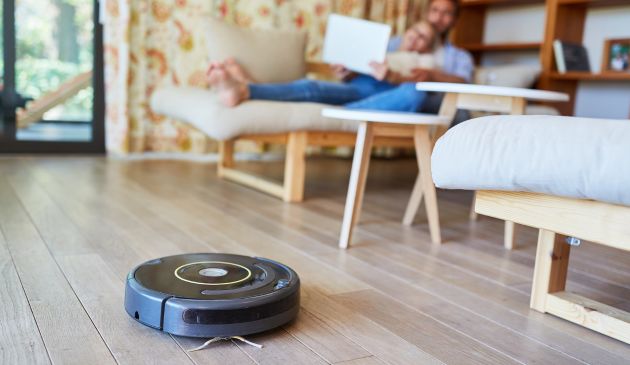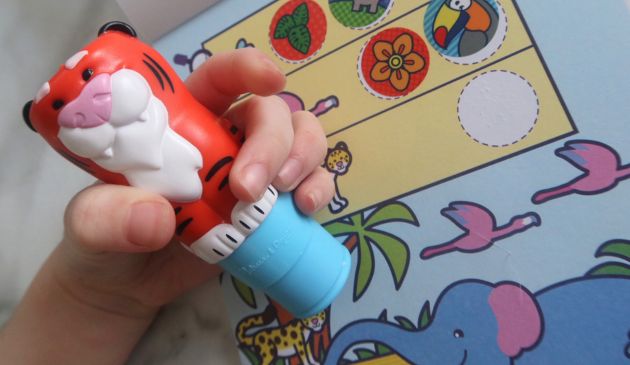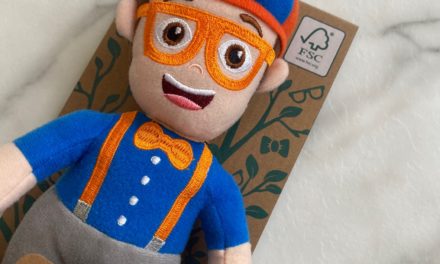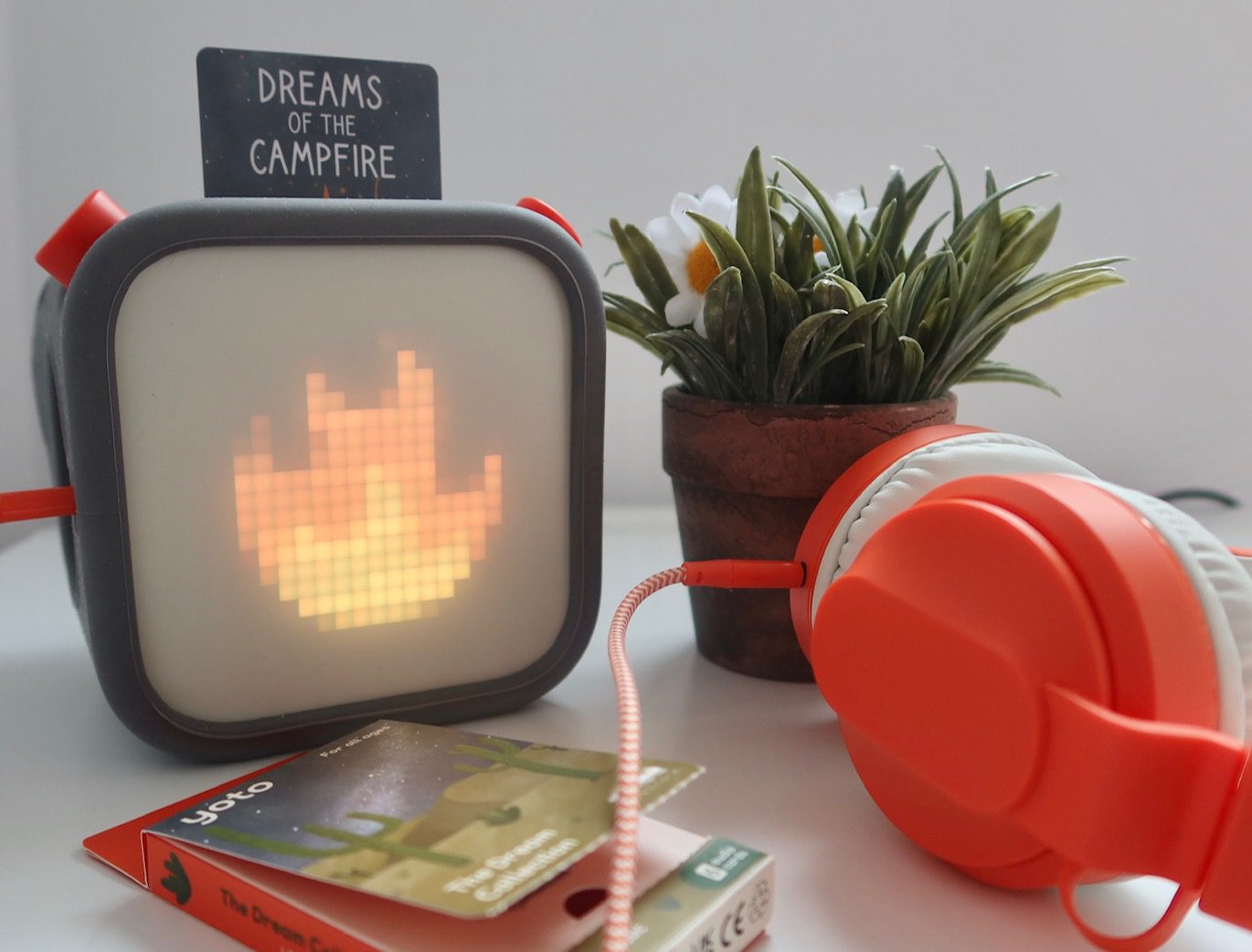
The Safest Baby Sleeping Positions

This is a collaborative post
You never forget that first night at home with your babies. Gone is the security of the hospital setting and the midwives available at the touch of a button for support or reassurance. Suddenly its just you (and your partner), back in your own home surroundings, and you’re automatically trusted to keep this tiny little human safe, warm and content despite having no qualifications and no experience! It’s pretty terrifying at first and it’s safe to say that for those first few nights in particular, we didn’t get a great deal of sleep – even when our daughters were sleeping soundly!
How should my baby sleep?
Making sure that your baby is sleeping in a safe position is one of the most important things when it comes to baby sleep.
Despite what any older generation of parents may tell you (was the advice changed in 1991), your baby should be sleeping on their back. This is because putting your baby to sleep on their back at the beginning of every sleep or nap (day and night) significantly reduces the risk of sudden infant death syndrome (SIDS) and the chance of SIDS is particularly high for babies who are placed on their front or side.
What if my baby rolls onto his tummy?
Most babies will be quite content sleeping on their backs, although they may occasionally turn onto their side or tummy. If your baby rolls onto their tummy during the night, you may want to gently roll them back on to their back. Once a baby can roll they will generally find a position in which they are most comfortable.
What if my baby has reflux?
Both of my girls suffered from colic as newborns and would often bring up milk or reflux part of their feed. As a result, I often found myself awake worrying that they would choke on their own vomit or not be able to breathe properly when lying on their back. You may find that a baby with colic or reflux, will cry out or moan when lying completely flat, and as such you may want to consider raising up the height of one end of the cot. You shouldn’t sleep them on their front unless doctor has advised you to do so.
Tips for a safe night’s sleep
Some other tips for a good (and safe) night’s sleep with your newborn include:
- Don’t use blankets – instead use sleep bags or one piece sleepers with cotton pyjamas or sleep suits underneath. Baby sleepsuits are soft and comfortable and ensure your baby doesn’t get cold during the night, particularly in Winter. Young babies can struggle to remove heavy blankets and they also run the risk of moving up over your Childs face. Sleep sacks will stay securely in place, ensure their temperature is maintained throughout the night and normally offer ease of nappy changes through poppers or presstuds too so your baby stays warm even when being changed.
- Keep the sleeping area of the cot completely clear and avoid using cot bumpers or anything that could suffocate or be pulled or tugged by your baby. As pretty as cot bumpers can be, they can actually be incredibly dangerous if not used correctly.
- No toys in the cot – the same goes for cuddly toys, tethers and comforters. Although they may help calm and settle your child, you should avoid having toys in the cot whilst they sleep as with tiny babies in particular these can be a genuine suffocation hazard.
- Practice safe co-sleeping – If you do want to sleep close to your child, consider investing a side sleeper crib so that you can be in close proximity without sharing the same physical space as your child. Side sleeper cots allow ease of breastfeeding and can help keep your baby close to your reassuring scent, without risking you accidentally rolling or asphyxiating your child.
- Contrary to popular belief, dummies and pacifiers can actually help reduce the risk of SIDS – but they aren’t challenge free. Remember that the best way to ensure a good nights sleep in the long term is to avoid your baby relying on anything other than themselves to self settle down to sleep. Using anything that eventually needs to be taken away can be quite a rollercoaster!





